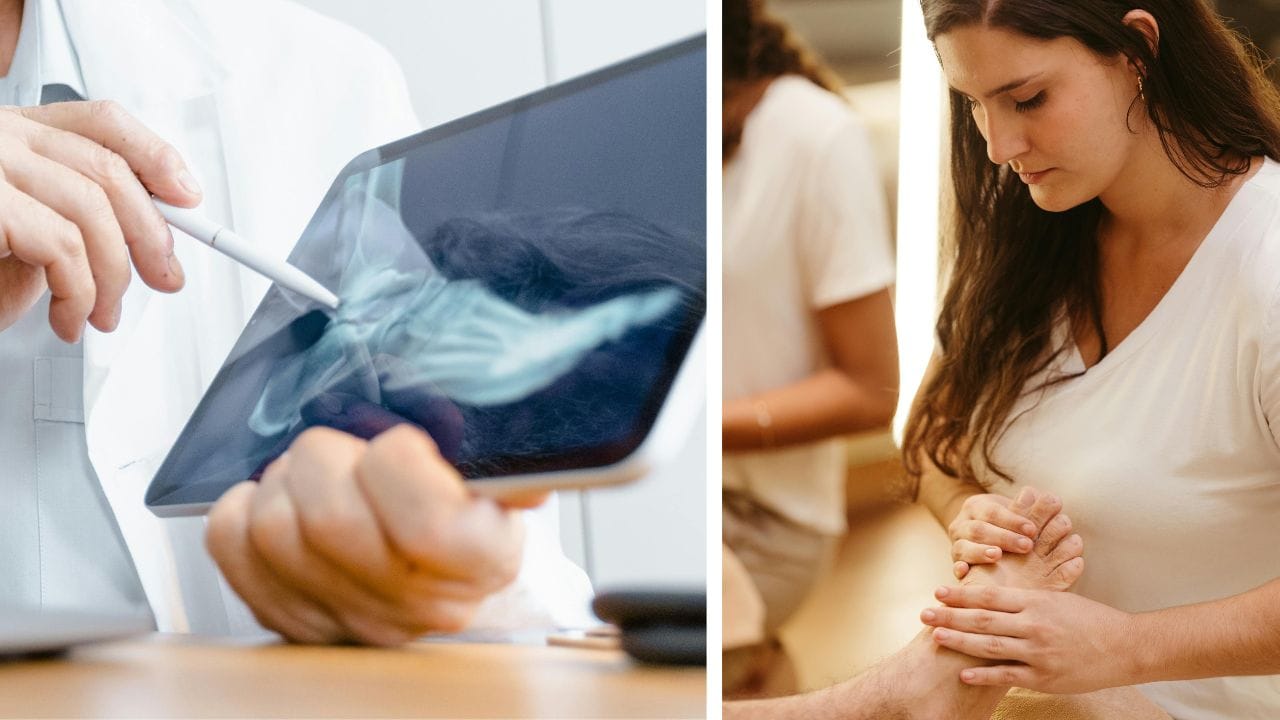Are Podiatrists Against Barefoot Shoes? An In-Depth Look
Consulting a podiatrist can offer valuable insights into your foot health and help determine if barefoot shoes are suitable for you.

Key Takeaways:
- Diverse Opinions: Podiatrists have varied perspectives on barefoot shoes, with some advocating for their benefits and others cautioning against potential risks.
- Health Implications: The impact of barefoot shoes on foot health depends on individual foot structure, activity level, and existing conditions.
- Informed Decisions: Understanding the pros and cons of barefoot shoes can help individuals make informed choices about their footwear.
Introduction to Barefoot Shoes
Barefoot shoes have been making waves in the footwear industry, promising a more natural walking experience. These shoes are designed to mimic the feeling of walking barefoot while providing some protection against the elements. But what do podiatrists think about this trend? Are they for or against barefoot shoes?
The Concept Behind Barefoot Shoes
Barefoot shoes aim to replicate the natural biomechanics of walking without shoes. They typically feature a minimalistic design with a thin sole, wide toe box, and flexible materials. The idea is to allow the foot to move as freely as possible, promoting natural foot function and strength.
Podiatrists' Perspectives on Barefoot Shoes
Podiatrists' opinions on barefoot shoes are as varied as the shoes themselves. Some podiatrists believe that barefoot shoes can help strengthen the foot muscles and improve balance. They argue that traditional shoes with thick soles and arch support can weaken the foot over time.
Benefits of Barefoot Shoes
Proponents of barefoot shoes highlight several benefits. They argue that these shoes can improve proprioception, or the body's ability to sense its position in space. This can lead to better balance and coordination. Additionally, barefoot shoes can encourage a more natural gait, potentially reducing the risk of certain injuries.
Potential Risks of Barefoot Shoes
However, not all podiatrists are on board with barefoot shoes. Some caution that these shoes may not provide adequate support for everyone. Individuals with flat feet, high arches, or other foot conditions may be at risk of injury if they switch to barefoot shoes without proper guidance.
Case Study: Transitioning to Barefoot Shoes
Consider the case of John, an avid runner who decided to switch to barefoot shoes. Initially, he experienced discomfort and minor injuries due to the lack of cushioning and support. However, after gradually transitioning and strengthening his foot muscles, John found that his running form improved, and he experienced fewer injuries.
The Importance of Gradual Transition
One common piece of advice from podiatrists is to transition gradually to barefoot shoes. Abruptly switching from traditional shoes to barefoot shoes can lead to injuries. It's essential to give the feet time to adapt to the new footwear and build strength.
Foot Structure and Barefoot Shoes
The suitability of barefoot shoes can depend on an individual's foot structure. People with neutral arches may find barefoot shoes more comfortable and beneficial. However, those with flat feet or high arches may need additional support that barefoot shoes do not provide.
Activity Level and Barefoot Shoes
The type of activities you engage in can also influence whether barefoot shoes are a good fit. For low-impact activities like walking or yoga, barefoot shoes can be a great option. However, for high-impact activities like running or hiking, additional cushioning and support may be necessary.
Barefoot Shoes and Existing Foot Conditions
Individuals with existing foot conditions should consult a podiatrist before switching to barefoot shoes. Conditions like plantar fasciitis, bunions, or Achilles tendonitis may require specific types of support that barefoot shoes do not offer.
The Role of Footwear in Foot Health
Footwear plays a crucial role in maintaining foot health. While barefoot shoes can promote natural foot function, they are not a one-size-fits-all solution. It's essential to choose footwear that meets your specific needs and provides the necessary support and protection.
Custom Orthotics and Barefoot Shoes
For those who require additional support, custom orthotics can be used in conjunction with barefoot shoes. Orthotics can provide the necessary arch support and cushioning while allowing the foot to move naturally.
The Debate Among Podiatrists
The debate among podiatrists about barefoot shoes is ongoing. Some believe that these shoes can help prevent and alleviate foot problems, while others argue that they may cause more harm than good. The key is to understand the individual needs and preferences of each person.
Personal Experience with Barefoot Shoes
Many individuals who have switched to barefoot shoes report positive experiences. They often mention improved foot strength, better balance, and a more natural walking or running gait. However, it's important to note that these benefits may not be universal.
Research on Barefoot Shoes
Research on barefoot shoes is still evolving. Some studies suggest that barefoot shoes can improve foot strength and function, while others indicate potential risks, especially for individuals with pre-existing foot conditions. More research is needed to fully understand the long-term effects of barefoot shoes.
Practical Tips for Trying Barefoot Shoes
If you're considering trying barefoot shoes, start by wearing them for short periods and gradually increase the duration. Pay attention to how your feet feel and consult a podiatrist if you experience any discomfort or pain. It's also a good idea to alternate between barefoot shoes and traditional shoes to give your feet a break.
Choosing the Right Barefoot Shoes
When choosing barefoot shoes, look for a pair that fits well and provides enough room for your toes to spread out. The sole should be thin and flexible, allowing your foot to move naturally. It's also important to choose shoes that are appropriate for the activities you plan to engage in.
The Future of Barefoot Shoes
The popularity of barefoot shoes is likely to continue growing as more people seek natural and minimalist footwear options. Advances in materials and design may also lead to improvements in barefoot shoes, making them more comfortable and supportive.
Summary
Barefoot shoes have sparked a lively debate among podiatrists. While some see the potential benefits of these shoes in promoting natural foot function and strength, others caution against the risks, especially for individuals with specific foot conditions. The key to making an informed decision lies in understanding your own foot structure, activity level, and any existing conditions.
If you're thinking about consulting a podiatrist and possibly easing into barefoot shoes gradually, click the button below to explore our selection and see if it's the right fit for you.

